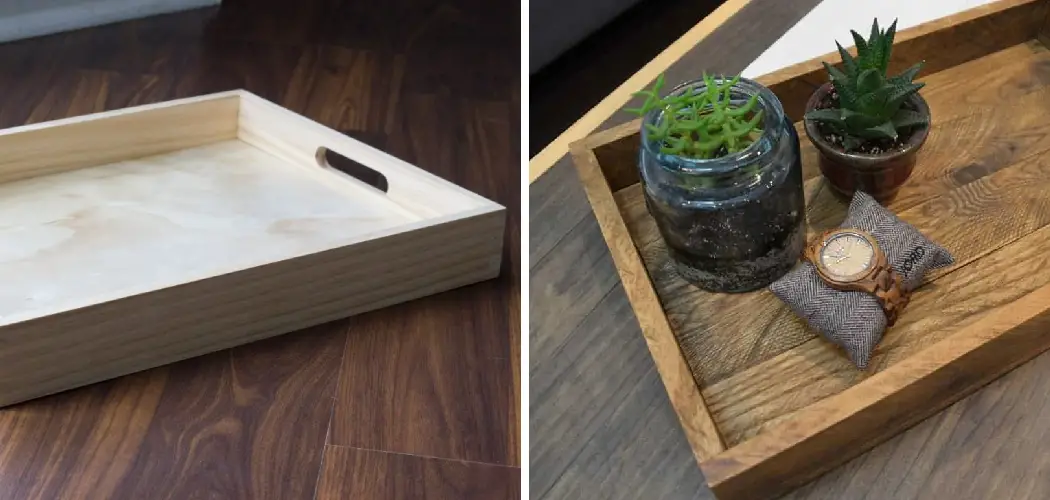Crafting a wooden tray is not only a practical DIY project but also an opportunity to add a touch of rustic charm to your home decor. Wood trays are versatile and serve various purposes, from organizing items to enhancing your serving experience.
Whether you’re a seasoned woodworker or a novice looking for a rewarding and approachable project, making a wood tray is a satisfying endeavor. In this guide, we’ll explore the step-by-step process of how to make a wood tray.
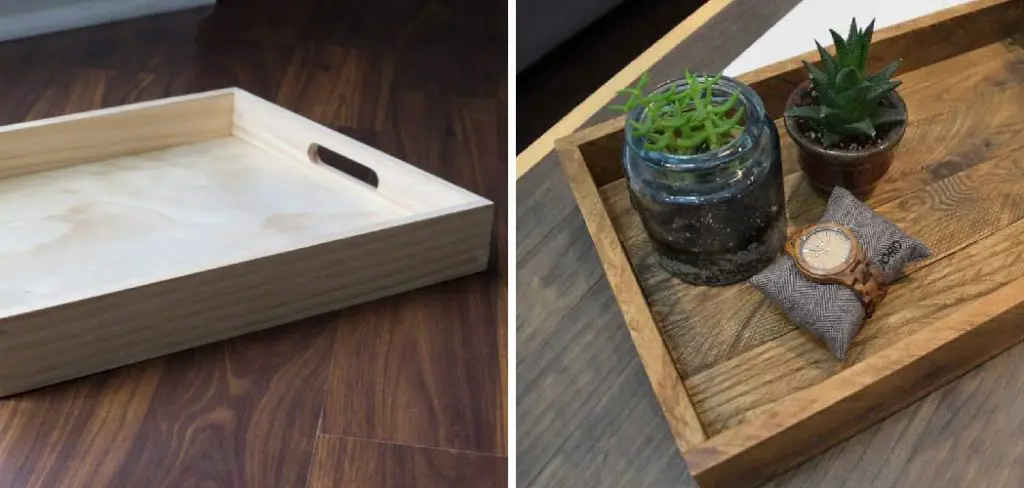
From choosing the right type of wood and planning your design to the actual construction and finishing touches, we’ll provide you with valuable insights and techniques to help you craft a wooden tray that suits your needs and complements your personal style.
Whether it’s for breakfast in bed or organizing essentials on your coffee table, your handmade wood tray will be a beautiful and practical addition to your home.
The Usefulness and Versatility of Homemade Wood Trays
Wood trays have been used for centuries as a way to transport and serve food, drinks, and other items. They are not only practical and functional, but they can also add a touch of rustic charm to any home decor.
In recent years, the trend of making homemade wood trays has gained popularity due to its versatility and customizable options. In this document, we will explore the usefulness and versatility of homemade wood trays and how you can make your own.
Homemade wood trays are not only great for serving purposes, but they can also be used as decorative items around the house. They can be placed on a coffee table or ottoman to hold remotes, books, or other small items. They can also be hung on walls as unique and eye-catching shelves. The possibilities are endless when it comes to incorporating homemade wood trays into your home decor.
Furthermore, homemade wood trays are not limited to traditional rectangular shapes. With the use of different tools and techniques, you can create trays in various shapes and sizes. Circular or oval-shaped trays can add a touch of elegance to any dining table or kitchen counter, while hexagonal or triangular trays can create a modern and geometric look.
You can also experiment with different types of wood, such as reclaimed or unfinished wood, to give your tray a unique and rustic feel.
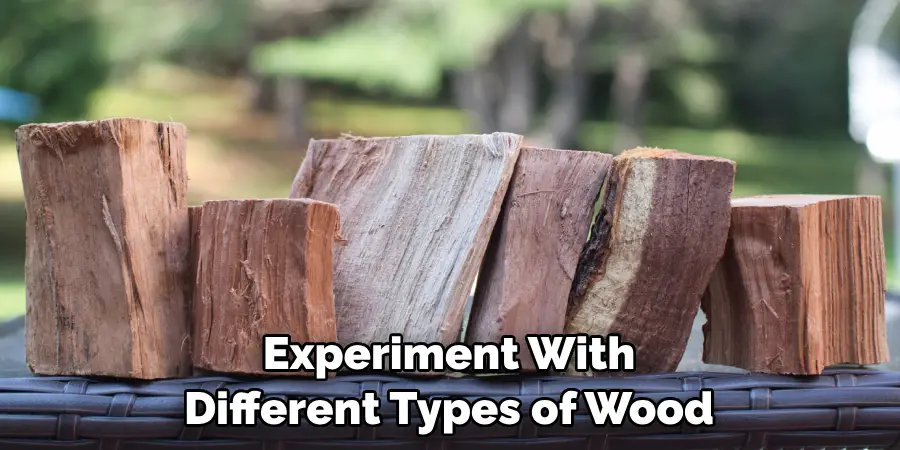
10 Methods How to Make a Wood Tray
1. Gather the Materials
Before you begin, you will need to gather all of the materials and tools necessary for making a wood tray. This includes a piece of wood, a saw, sandpaper, drill, screws or nails, glue, clamps, and any other hardware that may be needed. Make sure that all of your materials are in good condition before beginning the project. This will help ensure that your wood tray is sturdy and durable.
2. Cut the Wood
Once you have gathered all of your materials and tools, the next step is to cut the wood to size. Measure out the dimensions for your tray and mark them on the wood with a pencil or marker. Then use a hand saw to cut along the marked lines. If you do not feel comfortable using a saw, you can have someone else cut it for you at a local hardware store.
It is important to note that safety should be the top priority when using power tools like a saw. Always wear protective gear such as safety goggles and gloves, and make sure to follow all safety guidelines for the specific type of saw you are using.
3. Sand Down Edges
Once your wood is cut to size, it’s time to sand down any rough edges or splinters that may be present on the surface of the wood. Use sandpaper in varying grits (coarse to fine) to smooth out any imperfections on the surface of the tray. This will help ensure that your finished product looks professional and polished when complete.
Sanding down the edges is an important step in the process of making a wood tray. Not only does it improve the visual appeal of the finished product, but it also helps to prevent any potential injuries from sharp or rough edges. Additionally, sanding can help to remove any excess glue or residue that may be present on the wood surface from previous steps in the construction process.
4. Drill Holes for Hardware
If your design requires hardware such as screws or nails, then now is the time to drill holes into your wood tray so that they can be inserted later on in the process. Be sure to measure out where each hole should go beforehand so that everything lines up correctly when assembled later on in this process.
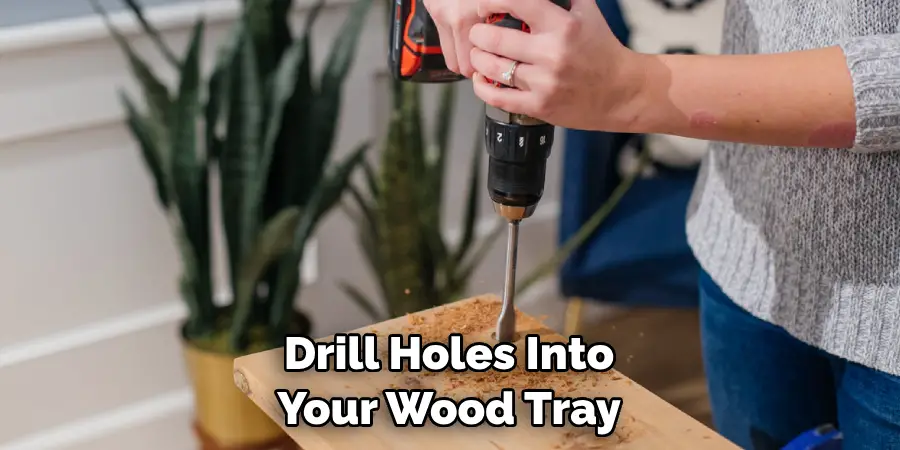
It’s also a good idea to use a punch tool before drilling, as this will help prevent the wood from splitting or cracking. Drilling holes can be done with either a hand drill or an electric drill, depending on your preference and what you have available. Just make sure to follow all safety precautions when using power tools.
5. Glue Pieces Together
If your design requires two pieces of wood glued together, then now is also a good time to do this step as well! Apply glue evenly across both pieces of wood and clamp them together tightly until dry and secure – this will help ensure that they stay together as one piece once assembled later on in this process.
Though it may seem like an extra step, gluing these pieces together is crucial to the functionality and longevity of your wood tray!
6. Attach Hardware
Now it’s time to attach any hardware required for your design, such as screws or nails if applicable! Insert each piece into its designated hole and use either a hammer or screwdriver, depending on what type of hardware was used for this step – make sure everything is securely fastened before moving on to the final assembly steps later on in this process!
Additionally, if you are planning on using your wood tray for serving food or drinks, it is important to ensure that all hardware used is food-safe and non-toxic. This will prevent any potential harm or contamination to the items placed on the tray.
7. Finish with Stain or Paint
Once all of your pieces are attached securely together, it’s time to finish off with stain or paint if desired! This step is optional but can really help bring out natural beauty in both light and dark woods alike – just make sure whatever type of finish you choose is suitable for outdoor use if planning on displaying outside!
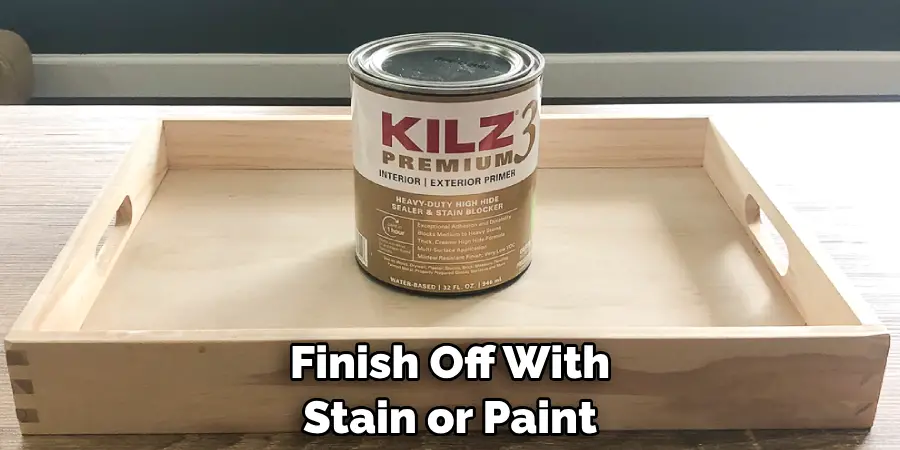
When applying the stain or paint, make sure to follow the instructions provided on the product and apply evenly with a brush. Allow ample time for drying before handling the tray.
8. Assemble Tray
Now it’s time for the final assembly! Line up all pieces according to their designated spots within your design and make sure everything fits snugly together before securing permanently with either screws/nails/glue etc. Once everything is secure, give one last look over just to make sure there are no loose ends before moving on to the next steps!
9. Seal Tray
The last step in creating a beautiful wooden tray is sealing it properly so that it lasts longer! You can use either an oil-based sealer or polyurethane, depending on what type of finish you prefer – just make sure whatever type you choose has been specifically designed for outdoor use if planning on displaying outside! However, before sealing your tray, it’s important to ensure that the surface is clean and free of any dust or debris.
Once you have a clean surface, apply the sealer with a good-quality brush or a foam roller. It’s important to follow the manufacturer’s instructions for the recommended number of coats and drying time in between.
10. Enjoy Your New Wood Tray
Congratulations – you have successfully created a beautiful wooden tray from scratch! Now sit back and admire all your hard work – don’t forget to share photos online so others can admire you too! Whether you use it for serving food or as a decorative piece in your home, your homemade wood tray is sure to be a useful and versatile addition to any space.
Things to Consider When Making a Wood Tray
There are a few things to consider before embarking on the journey of making your own wood tray. These considerations will not only help you create a sturdy and functional tray, but also ensure that the end result is aesthetically pleasing. Below are some key points to keep in mind when making a wood tray.
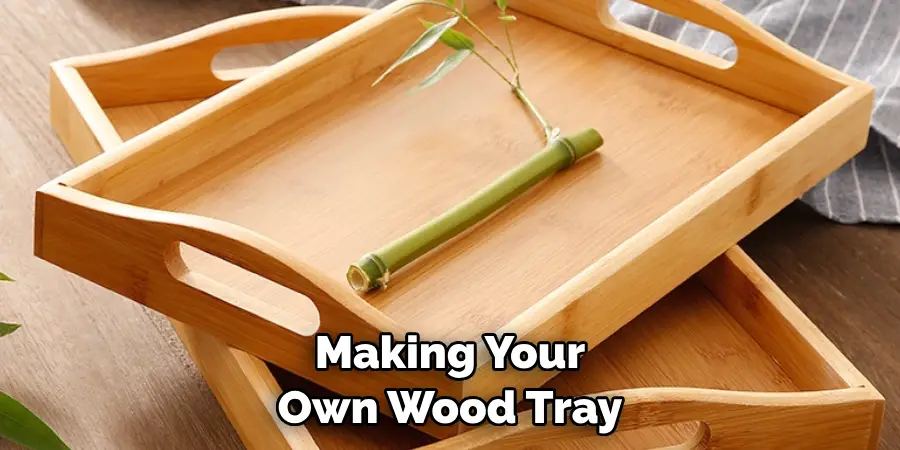
Type of Wood:
The type of wood you choose will greatly affect the durability, strength, and appearance of your tray. Hardwoods such as maple, oak, or cherry are great options as they are sturdy and can withstand wear and tear. Softwoods like pine or cedar may be more prone to dents and scratches but can still create a beautiful tray with proper treatment. Make sure to research and choose a wood that fits your needs and preferences.
Size and Design:
The size and design of your tray will depend on its intended use. Will it be used for serving drinks or as a decorative piece? Will it have handles or dividers? Consider these factors when planning the dimensions and shape of your tray. It’s also a good idea to sketch out your design beforehand to ensure accuracy and avoid any mistakes during the building process.
Tools and Equipment:
In order to make a wood tray, you will need the appropriate tools and equipment. These may include a saw, sandpaper, drill, clamps, and a wood glue or screws for assembly. It’s important to have all the necessary tools on hand before beginning your project to ensure smooth progress.
Safety Measures:
Working with wood can be dangerous, so it’s important to take the necessary safety precautions. Always wear protective gear such as goggles and gloves, and work in a well-ventilated area to avoid inhaling harmful sawdust. Also, make sure to read and follow instructions for tools and equipment carefully.

Common Mistakes to Avoid
Woodworking can be a rewarding hobby or a lucrative profession, but it also involves specific techniques and skills that require practice and knowledge. Even seasoned woodworkers make mistakes from time to time, but there are some common mistakes that beginners tend to make. These mistakes can result in wasted materials, ruined projects, and even injury.
The type of wood you choose for your project is crucial. Different types of wood have different characteristics, such as strength, durability, and grain patterns. Before starting your project, consider what type of wood would be best suited for a tray.
1. Not Properly Measuring and Cutting
Accurate measurements are essential in woodworking, especially when making a tray where pieces need to fit together precisely. Before making any cuts, double-check your measurements and make sure they are accurate. Use a good quality square ruler to ensure that your cuts are straight and at the correct angle.
2. Not Sanding Properly
Sanding is a crucial step in any woodworking project, including making a wood tray. Properly sanding the wood before assembly can help create a smooth and professional-looking finish. Use different levels of grit sandpaper to achieve a smooth surface, starting with coarse grit and then moving to finer grit.
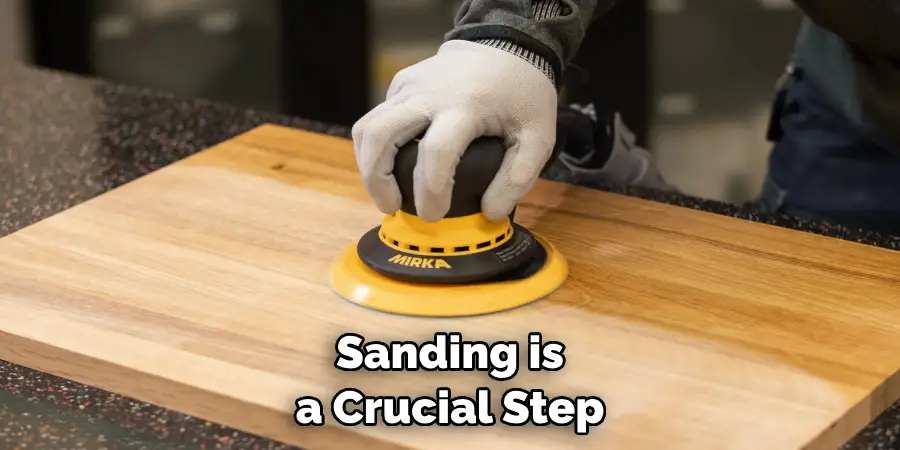
Conclusion
In summary, making a wood tray can seem like an overwhelming task, but really is quite simple when taken step-by-step. With the right supplies and guidance, anyone can make their very own unique wooden tray. Whether you decide to paint yours or not, a wood tray adds charm to whatever space it’s in. And since it only takes minimal effort and time, this project is great for DIY newbies and experienced makers alike.
So why wait? Gather your materials today and get started on mastering how to make a wood tray! Who knows—you just might be crafting artisanal masterpieces in no time!
You Can Also Check This Out to Remove Pine Sap From Wood

